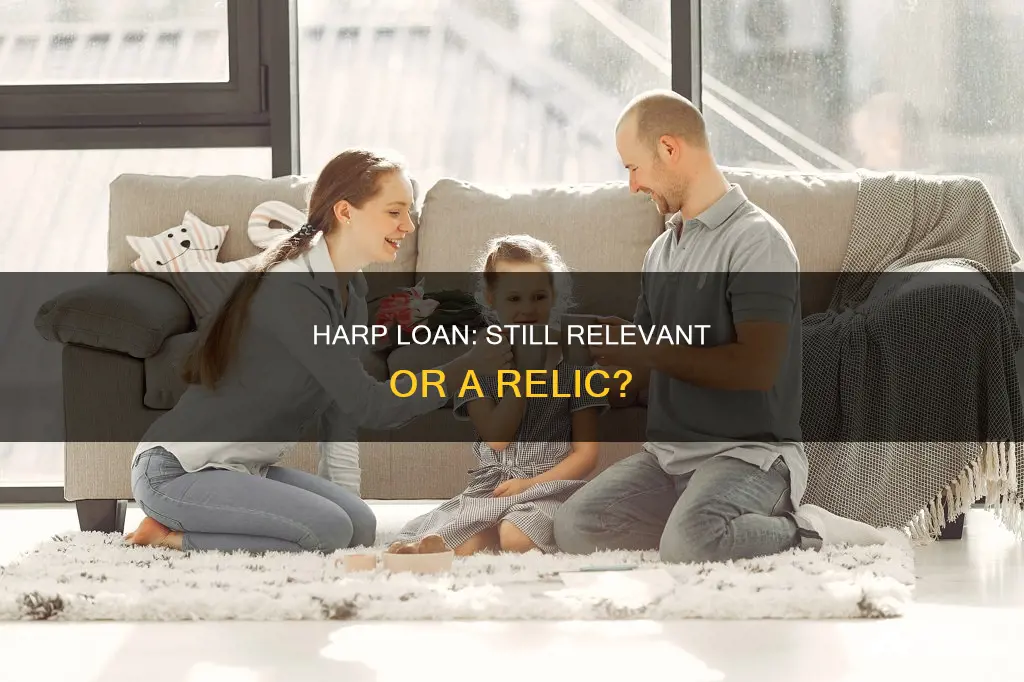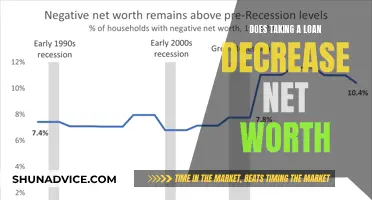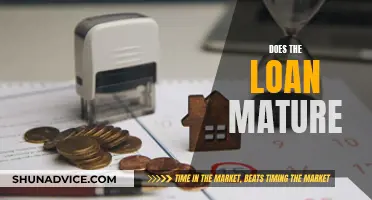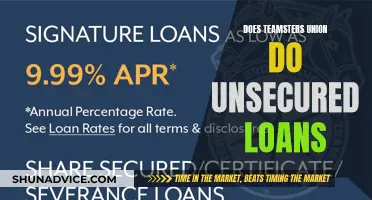
The Home Affordable Refinance Program (HARP) was a federal program set up by the Federal Housing Finance Agency in 2009 to help underwater and near-underwater homeowners refinance their mortgages. The program ended in 2018, but it played a crucial role in providing relief after the financial crisis of 2008. With dropping home prices and the difficulty of refinancing due to high loan-to-value ratios, HARP offered a lifeline to homeowners struggling to make ends meet. While HARP is no longer active, its impact and legacy continue, with replacement programs like the Freddie Mac Enhanced Relief Refinance and the Fannie Mae HIRO program offering similar assistance to those facing mortgage challenges.
| Characteristics | Values |
|---|---|
| Current Status | No longer available |
| Replacement Programs | Freddie Mac Enhanced Relief Refinance, Fannie Mae HIRO Program, FHA and VA's Streamline Refinance Option |
| Purpose | To help underwater and near-underwater homeowners refinance their mortgages |
| Eligibility | Homeowners with a loan-to-value ratio (LTV) of greater than 80% |
| Requirements | On-time payments, no previous HARP refinance of the mortgage, mortgage owned or guaranteed by Freddie Mac or Fannie Mae, mortgage acquired by Freddie Mac or Fannie Mae before May 31, 2009 |
| Benefits | More competitive interest rates, savings of hundreds of dollars per month and tens of thousands long-term |
| Expiration Date | December 31, 2018 |
What You'll Learn

HARP loan requirements
The Home Affordable Refinance Program (HARP) was a program offered by the Federal Housing Finance Agency (FHFA) to help homeowners who own homes that are worth less than the outstanding balance on their loan. The program was established in April 2009 and ended in December 2018.
HARP was aimed at borrowers who had a loan-to-value ratio (LTV) of greater than 80%. These borrowers often have trouble securing refinancing because of a lack of equity in their homes and, therefore, cannot benefit from falling interest rates. The program's eligibility requirements changed over time. Originally, borrowers were eligible for HARP assistance if their LTV ratio was no greater than 105%. This cap was raised to 125% in July 2009, then lifted entirely in October 2011.
To qualify for HARP, homeowners had to have a mortgage backed by either Freddie Mac or Fannie Mae. The mortgage must have been sold to either of these entities prior to May 31, 2009. Additionally, borrowers had to be current on their mortgage payments, with no more than one late payment in the past year and no late payments in the last six months. It is important to note that HARP had no minimum credit score requirement, but many lenders required borrowers to have a score of at least 620.
While the HARP program has ended, there are still options available for borrowers who are underwater on their mortgages. Both Freddie Mac and Fannie Mae continue to offer refinancing options. Additionally, those with an FHA or VA loan may consider the FHA and VA's streamline refinance option.
FDIC's Role in Loan Origination: Oversight and Consumer Protection
You may want to see also

HARP loan alternatives
The Home Affordable Refinance Program (HARP) was a program offered by the Federal Housing Finance Agency (FHFA) to help homeowners who were struggling to pay their mortgage. The program ended in 2018, but there are still alternatives for borrowers who are underwater on their mortgages.
If you're looking for alternatives to the HARP loan, here are some options:
- High Loan-to-Value Refinance Option (HIRO): This program is offered by Fannie Mae and helps homeowners with little or no equity to refinance their mortgages for a lower interest rate. It is designed for those with a conventional loan and a high loan-to-value ratio of at least 97.01%.
- Freddie Mac Enhanced Relief Refinance (FMERR): This was Freddie Mac's HARP replacement program that expired on September 30, 2019. It is similar to HIRO and provides an opportunity for those who wouldn't typically qualify for refinancing to get out of negative equity.
- FHA Streamline Refinance: This program is offered by the Federal Housing Administration (FHA) and is a good option for those with FHA loans. It allows borrowers to refinance their mortgages with less documentation and lower costs.
- VA Streamline Refinance: If you have a VA loan, this program offered by the Department of Veterans Affairs may be a good alternative. It allows eligible borrowers to refinance their VA-backed home loans with less documentation and lower costs.
- USDA Refinance: The United States Department of Agriculture (USDA) offers this program for refinancing underwater and low-equity mortgages guaranteed by them.
- Home Affordable Modification Program (HAMP): This program expired in 2016 and was for borrowers who had already defaulted on their loans or were about to. It altered the terms of a mortgage, such as the loan repayment term or interest rate.
It's important to note that each loan program has specific eligibility criteria, so be sure to review the requirements for each alternative before applying. Additionally, consider using a mortgage refinance calculator to estimate your potential savings and shop around for the best option for your specific situation.
FDIC-Insured Savings and Loans: Are Your Finances Protected?
You may want to see also

HARP 2.0 changes
The Home Affordable Refinance Program (HARP) was a federal program set up by the Federal Housing Finance Agency in March 2009 to help underwater and near-underwater homeowners refinance their mortgages. The program ended in December 2018, but it was replaced by the Streamline Refinance program.
HARP 2.0, which was introduced in October 2011, featured several changes to the original HARP program. The biggest change was the removal of the 125% loan-to-value limit on mortgages refinanced through HARP, meaning that homeowners could qualify for refinancing even if their mortgage was significantly underwater. Previously, the balance owed on a mortgage could be no more than 25% greater than the value of the home.
Another change in HARP 2.0 was the allowance of automated systems to produce estimated home values, rather than requiring an actual appraisal. This saved borrowers time and money, and also made it easier to qualify for the program as a precise home value estimate was not required. Additionally, HARP 2.0 enabled homeowners to go to any lender to refinance, rather than being limited to their original lender. This was particularly beneficial for homeowners with private mortgage insurance (PMI), as many lenders were reluctant to refinance these mortgages.
HARP 2.0 also expanded the program to include all occupancy types: primary residence (owner-occupied), second home, or investment (rental) property. However, it's important to note that refinancing of investment properties by Fannie Mae and Freddie Mac had higher mortgage rates than for owner-occupied properties. While HARP 2.0 removed many restrictions, individual lenders could still impose their own rules, known as overlays, for the program. For example, many lenders required a minimum credit score of 620 for a HARP refinance.
Air Force Loan Repayment: What's the Current Status?
You may want to see also

HARP loan history
The Home Affordable Refinance Program (HARP) was offered by the Federal Housing Finance Agency (FHFA) and the Treasury Department to help homeowners who owed more on their homes than the properties were worth following the 2008 financial crisis. The program was designed for homeowners with mortgages backed by either Freddie Mac or Fannie Mae.
HARP was first introduced in 2009, and it allowed homeowners to refinance their mortgages with a loan-to-value (LTV) ratio greater than 80% (i.e., less than 20% equity). It also applied to underwater mortgages, where the borrower owed more than the property was worth. The program was created in coordination with Freddie Mac and Fannie Mae, and it was only available for mortgages guaranteed by these entities.
In October 2011, HARP 2.0 was introduced, which lifted the 125% loan-to-value limit on mortgages refinanced through the program. This meant that homeowners could qualify for a refinance even if their mortgage was significantly underwater. Additionally, HARP 2.0 allowed lenders to use automated systems to estimate the value of the home, eliminating the need for a costly and time-consuming appraisal.
Over time, HARP underwent several changes and updates to make it more accessible to borrowers. For example, the requirement for borrowers to meet standard waiting periods and re-establishment of credit criteria following a bankruptcy or foreclosure was removed. Additionally, there was no minimum credit score requirement for HARP, although individual lenders might have had their own requirements.
The FHFA and the Treasury Department initially estimated that four to five million borrowers would be able to refinance under HARP. By August 2017, when the program was extended until December 31, 2018, almost 3.5 million homeowners had refinanced their homes through HARP, according to HUD. However, as of 2021, the program has been put on hold due to low application numbers, and it is no longer active.
Education Department Selling Loans: What You Need to Know
You may want to see also

HARP loan eligibility
The Home Affordable Refinance Program (HARP) was offered by the Federal Housing Finance Agency to help underwater homeowners refinance their mortgages. The program was intended to provide relief after the 2008 financial crisis, which saw many homeowners fall behind on their home loan payments.
HARP loans are no longer available, having been put on hold in 2021 due to low application numbers. However, at the time it was active, HARP eligibility was as follows:
- Homeowners must have had a mortgage backed by either Freddie Mac or Fannie Mae.
- The mortgage must have been sold to either Freddie Mac or Fannie Mae before May 31, 2009.
- There was no minimum credit score requirement, but many lenders required a score of at least 620.
- Borrowers had to be current on their mortgage payments, with no more than one late payment in the past year and no late payments in the last six months.
- The current loan-to-value (LTV) ratio had to be more than 80%.
- There was no maximum LTV ratio to qualify, but some lenders kept the 125% loan-to-value limit.
- Mortgage insurance was not required unless the loan already had private mortgage insurance.
- Borrowers who had previously declared bankruptcy or foreclosure were eligible, but some lenders may have had their own rules and requirements.
It is important to note that even when HARP was active, individual lenders may have had their own overlays or additional requirements for eligibility.
Taxslayer: Student Loan Interest Deduction Eligibility and Benefits
You may want to see also
Frequently asked questions
No, the Home Affordable Refinance Program (HARP) ended in December 2018.
The HARP loan program was a government-backed initiative to help underwater and near-underwater homeowners refinance their mortgages. It was set up by the Federal Housing Finance Agency in 2009 to provide relief after the financial crisis of 2008.
To be eligible for the HARP loan program, homeowners needed to be in possession of mortgages that were sold to Freddie Mac or Fannie Mae before May 31, 2009. The borrower also needed to be current on their mortgage payments.
The HARP loan program was replaced by the Streamline Refinance program, which began concurrently in October 2017. Other options for refinancing assistance include the Freddie Mac Enhanced Relief Refinance and the Fannie Mae HIRO program.







